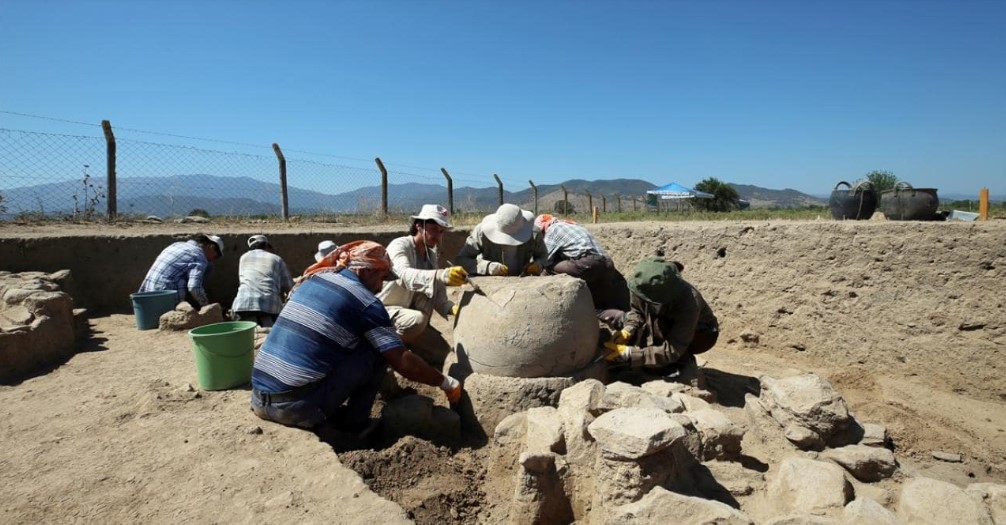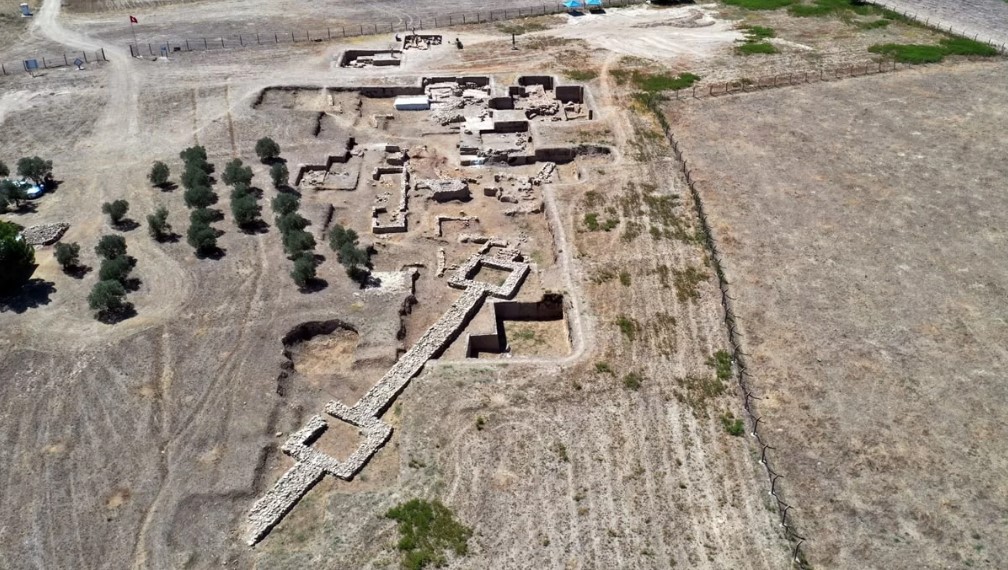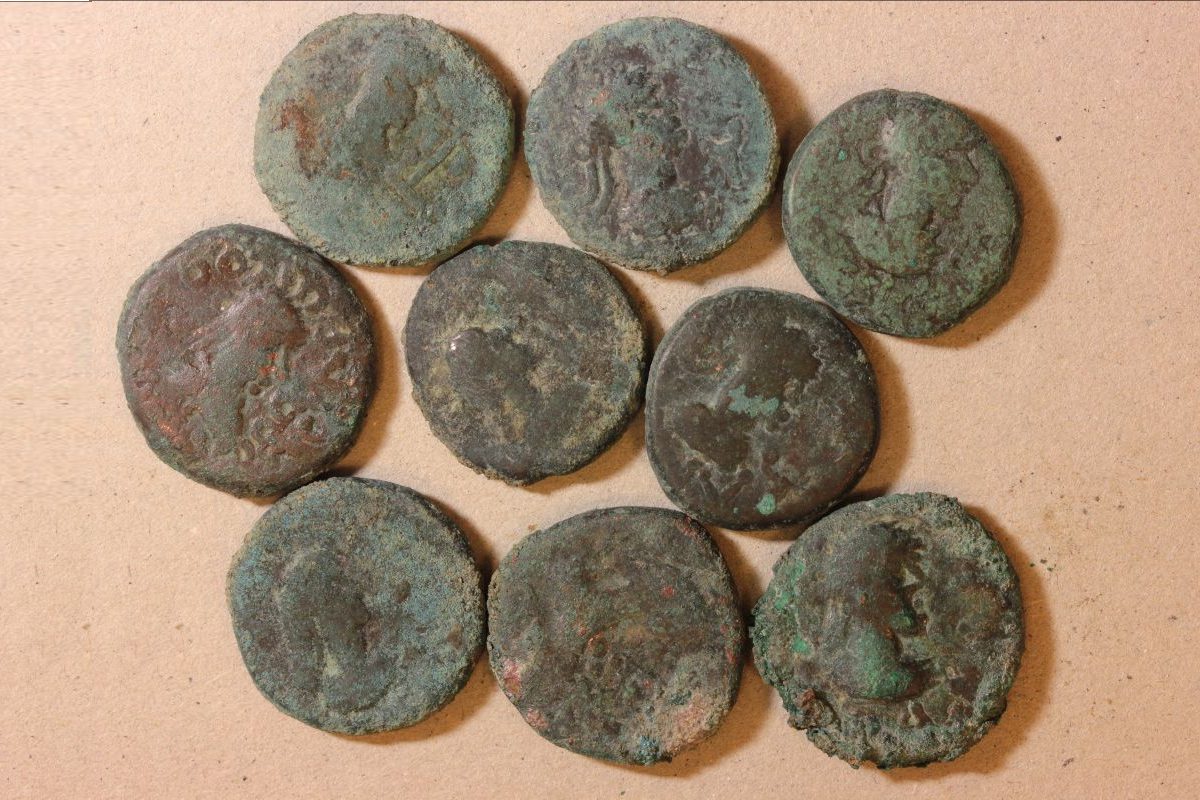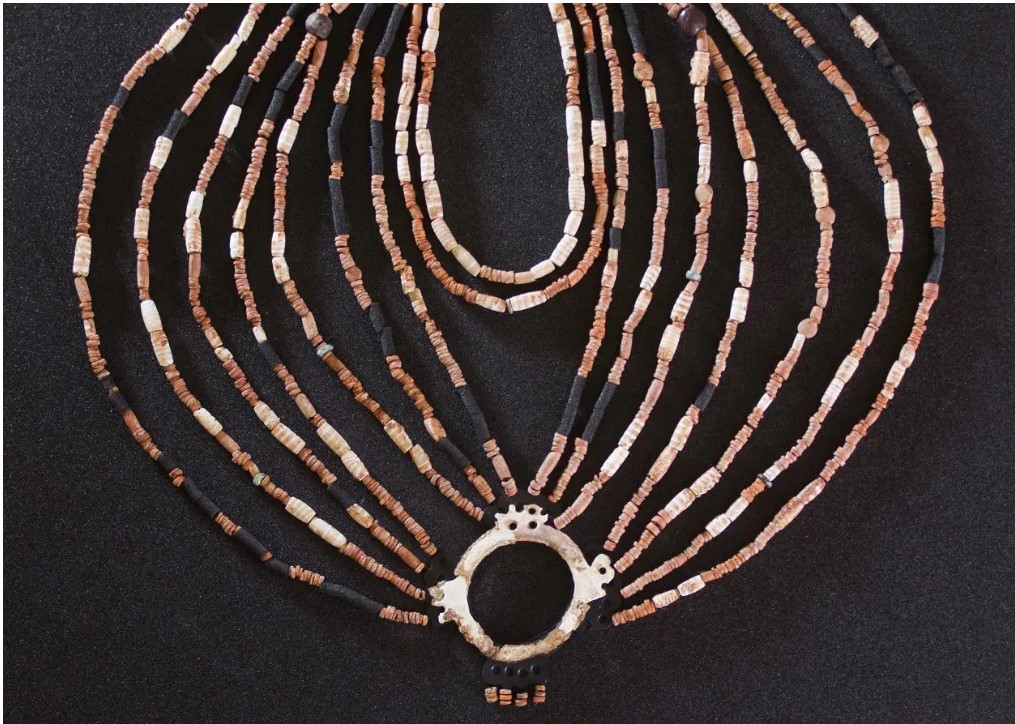Title: Remarkable Discovery: 13th Century BCE Palace-like Structure Unearthed in Tepecik Mound, Turkey
Archaeological excavations at Tepecik Mound, located in the Çine district of Aydın province, Turkey, have unearthed a fascinating structure believed to have served as a palace or temple during the 13th century BCE. Led by Professor Sevinç Günel from Hacettepe University’s archaeology department, the ongoing 17-year excavation has unveiled a trove of historical insights shedding light on the region’s ancient past.
Historical Significance of Tepecik Mound
Tepecik Mound, situated just 5 kilometers west of Çine, lies in a strategically vital position, connecting the Çine creek to the Bay of Gökova. This archaeological site has been home to successive settlements for an impressive span of 7,500 years, offering researchers a unique window into the evolution of human civilization in the area.

The Discovery
The recent findings at Tepecik Mound have stunned archaeologists with the revelation of a structure that possesses architectural characteristics suggestive of a palace or temple. Dating back to the Late Bronze Age (13th century BCE), this edifice exhibits impressive craftsmanship, characterized by a thick and splendid wall knitting technique. Its dimensions hint at a potentially large public building, serving a significant purpose within the community.
Storage Jars and Architectural Insights
The newly discovered structure is accompanied by a collection of large storage jars, indicating a sophisticated storage system that may have been under local administration. These jars, functioning as warehouses, provide valuable evidence of a vibrant agricultural economy. The association of such storage facilities with the palace-like structure hints at a nexus between governance and agricultural prosperity during this ancient period.
Interpreting the Findings
While the architectural features bear similarities to structures with special meanings like palaces or temples in Pre Asian archaeology, experts exercise caution in assigning a definitive label. Professor Günel suggests that it is premature to conclude whether this structure is a palace or temple. Instead, the current understanding categorizes it as a significant public building, highlighting its potential centrality in the life of the community.

The Historical Context
Tepecik Mound’s historical significance goes beyond its architectural marvels. Previous excavations have revealed that the site was a thriving trade center, dealing in obsidian and agricultural products used in tool and weapon production. The recent discovery of the storage jars, along with the trade history, paints a vivid picture of a society interconnected by commerce and self-sufficiency.
Future Endeavors
The journey of discovery continues at Tepecik Mound, with future archaeological examinations aimed at unraveling the mysteries contained within the recently unearthed storage jars. These findings are expected to shed light on the period of Arzava or Mira Kingdom, providing insights into the material culture and agricultural practices of this ancient civilization.
Conclusion
The ongoing excavations at Tepecik Mound have yielded remarkable insights into the rich history of the region, unveiling a palace-like structure and a network of storage jars that speak to the vibrant agricultural economy and intricate governance systems of the Late Bronze Age. As researchers delve further into the past, the site promises to offer even more clues about the lives of those who once called Tepecik home, enriching our understanding of the ancient world.




